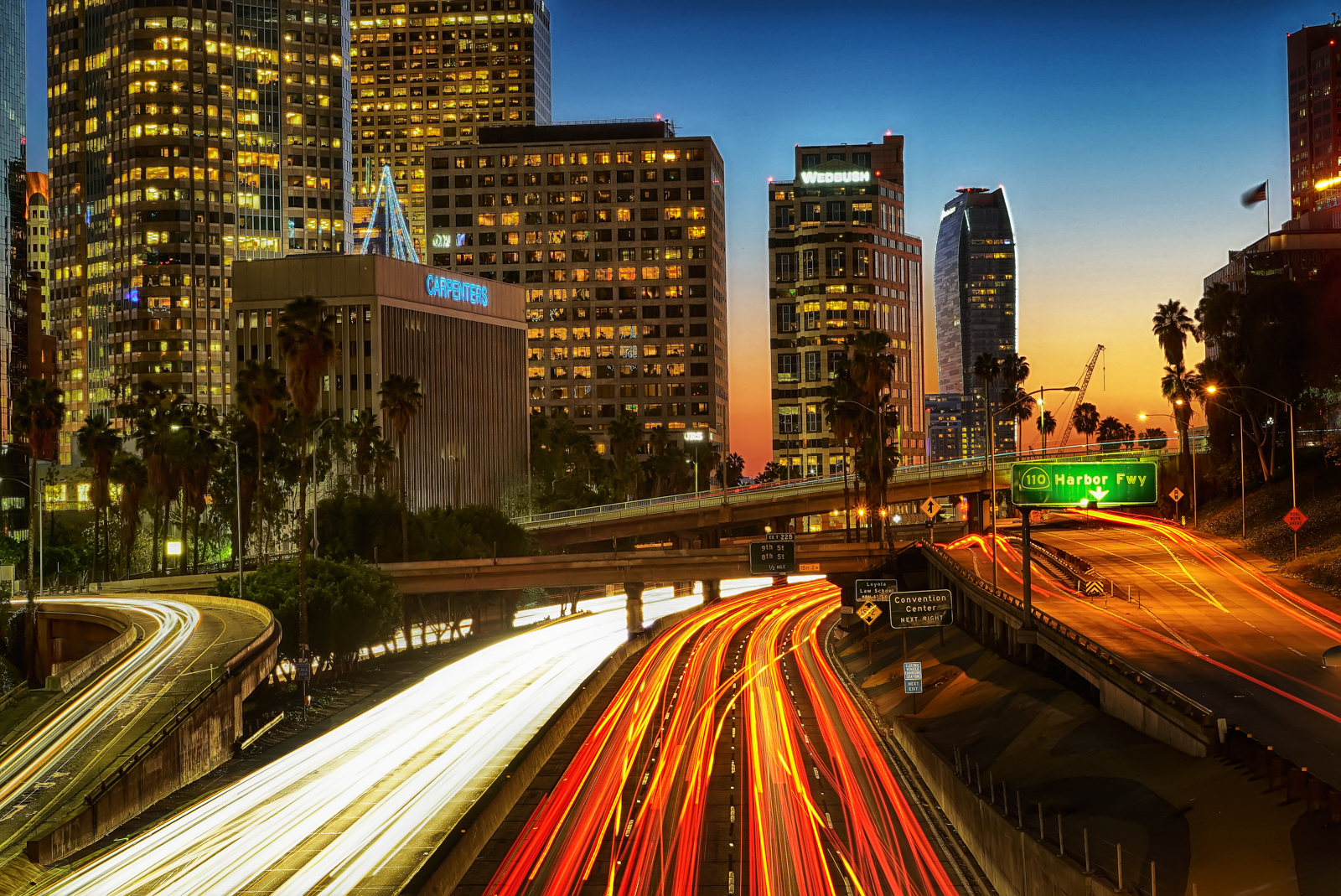There’s something strange happening in a small California town called Montecito. This luxurious, beachside suburb of LA, home to celebrities like Oprah Winfrey and Rob Lowe, is a spot of bright green in an overwhelmingly brown state. Every morning, trucks arrive in the quiet neighborhood, carrying tons of water from elsewhere in the state, paid for by some of the super-wealthy residents in order to keep their lawns green and their swimming pools full. After mandatory water restrictions were imposed on the town in February, and the whole state in April, many members of the upper class in California have turned to drastic measures to retain their levels of water consumption. These residents pay up to $80 per unit (748 gallons) for water from the city that would normally cost about $6 a unit. In response to the devastating drought in California, now in its fifth year, water has become a scarce, and therefore valuable, commodity.
Water use is inextricably tied to wealth in California, a tie that is becoming more apparent as the drought worsens. A recent study found that wealthy people use water at three times the rate of non-wealthy people, and are less likely to cut back water usage. In Los Angeles, patterns of water use were correlated with neighborhood income across the city. A big reason for this is grass lawns. More than 50 percent of the water used in the city goes toward outdoor irrigation. People who live in the city, in apartments or houses with small lawns or no grass at all, are much less likely to waste water than those who live in a suburb.
Areas like Malibu, for instance, used over 150 gallons of water per capita, while much poorer areas in southwest LA used less than 45 gallons. Part of the problem is cultural. The residents of places like Beverly Hills are used to a high standard of living, and less willing to give it up. These neighborhoods, more than other places in the state, will have more trouble meeting the new 25 percent cut in water use mandated by Governor Brown, and local water boards could face fines as high as $500 a day for non-compliance with the new regulations.
The biggest abuser of California’s water, however, isn’t a class of wealthy individuals, it’s agriculture. And agriculture is where the power gap in water use becomes most apparent. Agriculture currently accounts for only 2 percent of the state’s economy, yet it uses 80 percent of the state’s water. Farmers are preferred in state water allocations, often charged lower prices or given water first through “senior water rights” which can date back over a hundred years. And in some cases, this makes sense. Agriculture is an important, water-intensive industry that should be able to produce food for the state. The problem, however, is in the fact the industry remains exempt from new restrictions compared to the rest of the state. Which means that Governor Brown’s 25 percent decrease in water consumption in municipalities only amounts to a 5 percent decrease in overall water use.
The new worth of water in California has, ironically, been a boon for farmers in northern parts of the state. Rather than growing crops, some farmers have taken to selling water to the state at high prices. This is due to the way California allocates water in a drought. Farmers have “water rights,” a portion of water they are allowed to use, based on the size and productivity of their farm. When California assesses the amount of water in the state, it leaves out farmer’s water rights, because the water is no longer California’s to give. This leaves an opening for farmers to sell their water back to the state for use, at high rates in times of drought.
The crops grown in California, meanwhile, are often wholly unsuited for the environment or of no use to most California residents. For instance, it takes about a gallon of water to produce a single almond, so much water that roughly 5% of California’s available water goes to almonds alone. And almonds have grown to become a huge cash crop for agricultural companies — now a roughly $4.8 billion industry. The number of almond orchards is only going up, as investors rush to plant more of the lucrative trees. Between July 2013 and July 2014, California farmers bought 25 percent more young almond trees than the previous year. The same goes for pistachios, grapes, walnuts, and alfalfa — all are crops unsuited to grow in the state — use far too much water, yet bring huge profits to the agriculture industry. Alfalfa, for instance, can’t be eaten and is often shipped to China rather than sold in the state economy. These irresponsible, unsustainable farming practices need to be regulated if California is going to effectively conserve water.
By many accounts, the current situation in California is not an isolated drought — it’s the new normal. And the irresponsible ways in which water is wasted across the state, from green lawns in Montecito to almond orchards in the central valley, are changing at a frustratingly slow pace. Money is the impediment, and allows people and groups to avoid facing the full consequences of the drought. Wealthy people are able to bypass many of the new water restrictions and maintain their standard of living, while most of the state is forced to cut back. Agriculture companies are exempted from the restrictions altogether, and continue to profit from environmentally destructive crops. Water in California can only effectively be conserved through a united effort, and state policy should hold everyone accountable for protecting the future of the state.
